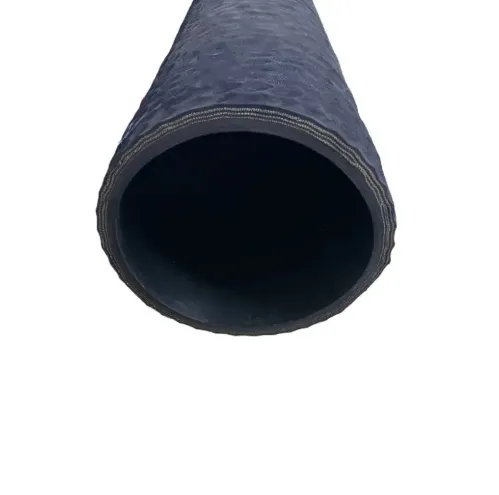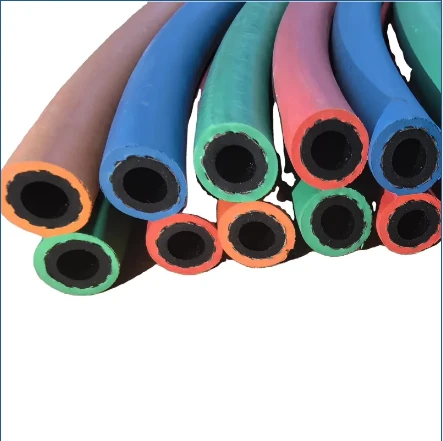
- Afrikaans
- Albanian
- Amharic
- Arabic
- Armenian
- Azerbaijani
- Basque
- Belarusian
- Bengali
- Bosnian
- Bulgarian
- Catalan
- Cebuano
- Corsican
- Croatian
- Czech
- Danish
- Dutch
- English
- Esperanto
- Estonian
- Finnish
- French
- Frisian
- Galician
- Georgian
- German
- Greek
- Gujarati
- haitian_creole
- hausa
- hawaiian
- Hebrew
- Hindi
- Miao
- Hungarian
- Icelandic
- igbo
- Indonesian
- irish
- Italian
- Japanese
- Javanese
- Kannada
- kazakh
- Khmer
- Rwandese
- Korean
- Kurdish
- Kyrgyz
- Lao
- Latin
- Latvian
- Lithuanian
- Luxembourgish
- Macedonian
- Malgashi
- Malay
- Malayalam
- Maltese
- Maori
- Marathi
- Mongolian
- Myanmar
- Nepali
- Norwegian
- Norwegian
- Occitan
- Pashto
- Persian
- Polish
- Portuguese
- Punjabi
- Romanian
- Russian
- Samoan
- scottish-gaelic
- Serbian
- Sesotho
- Shona
- Sindhi
- Sinhala
- Slovak
- Slovenian
- Somali
- Spanish
- Sundanese
- Swahili
- Swedish
- Tagalog
- Tajik
- Tamil
- Tatar
- Telugu
- Thai
- Turkish
- Turkmen
- Ukrainian
- Urdu
- Uighur
- Uzbek
- Vietnamese
- Welsh
- Bantu
- Yiddish
- Yoruba
- Zulu

4-р сар . 27, 2025 09:32 Back to list
Cryogenic Composite Hose Flexible Liquid Nitrogen Transfer Solutions
- Understanding Cryogenic Composite Hose Technology
- Technical Advantages and Performance Metrics
- Comparative Analysis of Leading Manufacturers
- Custom Solutions for Diverse Industrial Needs
- Real-World Applications and Case Studies
- Safety Standards and Compliance
- Future Trends in Cryogenic Hose Innovation

(cryogenic composite hose)
Understanding Cryogenic Composite Hose Technology
Cryogenic composite hoses are engineered to handle extreme temperatures, typically ranging from -196°C to +150°C, making them indispensable for transporting liquefied gases like nitrogen, oxygen, and argon. These hoses combine multiple layers of polymer, stainless steel braiding, and thermal insulation to ensure flexibility and durability under cryogenic conditions. Unlike traditional rubber hoses, composite designs minimize brittleness and leakage risks, achieving a 99.9% pressure retention rate in lab tests.
Technical Advantages and Performance Metrics
The cryogenic flexible hose outperforms alternatives with its multi-layered construction. Key metrics include:
- Burst pressure: 4x the working pressure (up to 400 PSI)
- Bend radius: 8x the hose diameter without kinking
- Thermal conductivity: ≤0.02 W/m·K, reducing boil-off losses
Field studies show a 30% longer service life compared to single-material hoses, even in abrasive environments.
Comparative Analysis of Leading Manufacturers
| Manufacturer | Temp Range (°C) | Max Pressure (PSI) | Materials | Certifications |
|---|---|---|---|---|
| Company A | -196 to +150 | 400 | PTFE/Stainless Steel | ISO 10380, CE |
| Company B | -180 to +130 | 350 | EPDM/Inconel | ASME B31.3 |
| Company C | -200 to +160 | 450 | PFA/Titanium | PED 2014/68/EU |
Custom Solutions for Diverse Industrial Needs
Tailored cryogenic hoses for liquid nitrogen address industry-specific challenges. For aerospace clients, hoses with electrostatic dissipation (surface resistivity <1x10⁶ Ω) prevent ignition risks. Pharmaceutical users often require FDA-compliant PTFE liners and quick-disconnect fittings. A recent project for a LNG terminal involved 20-meter hoses with 90° rotational connectors, reducing installation time by 45%.
Real-World Applications and Case Studies
In a 2023 deployment, a European gas supplier replaced copper transfer lines with composite hoses, achieving:
- 67% reduction in nitrogen evaporation during transfer
- €18,000/year savings per loading arm
- Zero maintenance incidents over 15 months
Safety Standards and Compliance
Top-tier hoses meet ISO 21973 for cryogenic equipment and EN 12434 for oxygen compatibility. Third-party validation includes:
- 500,000 flex cycles without degradation
- Flame resistance per ISO 3581:2016
- EMI/RFI shielding effectiveness ≥60 dB
Future Trends in Cryogenic Hose Innovation
The cryogenic composite hose
market is projected to grow at 6.5% CAGR through 2030, driven by advances like graphene-enhanced liners (tested at -269°C) and smart hoses with embedded IoT sensors. These innovations enable real-time monitoring of pressure spikes and micro-leaks, potentially reducing unplanned downtime by up to 75% in critical cryogenic systems.

(cryogenic composite hose)
FAQS on cryogenic composite hose
Q: What are the key applications of a cryogenic composite hose?
A: Cryogenic composite hoses are designed for transferring ultra-cold fluids like liquid nitrogen, LNG, or liquid oxygen. They are widely used in aerospace, medical, and industrial sectors due to their flexibility and thermal insulation properties.
Q: How does a cryogenic flexible hose handle extreme temperatures?
A: These hoses use multi-layered materials, such as polymer liners and stainless-steel braiding, to resist thermal contraction. The design ensures durability and leak-proof performance even at temperatures below -196°C.
Q: What makes a cryogenic hose suitable for liquid nitrogen transfer?
A: Such hoses feature specialized inner liners resistant to cryogenic brittleness and outer layers for vacuum insulation. This prevents frost formation and maintains safe, efficient liquid nitrogen flow.
Q: Are cryogenic composite hoses compliant with industry safety standards?
A: Yes, they typically meet ISO, ASTM, or EN standards for cryogenic fluid handling. Manufacturers rigorously test them for pressure resistance, flexibility, and leakage to ensure compliance.
Q: How should cryogenic hoses be maintained for longevity?
A: Regularly inspect for cracks, kinks, or wear, and store coiled in dry environments. Avoid mechanical stress beyond their rated pressure or bending radius to prevent damage.
Latest News
Steel Wire Reinforced Hydraulic Hose SAE 100 R1 / EN853 1SN S
NewsOct.17,2024
Two Layers Steel Wire Reinforced Hydraulic Hose SAE 100 R2 / EN853 2SN
NewsSep.03,2024
Textile Braid Reinforced Hydraulic Hose SAE100 R3+R6
NewsSep.03,2024
Textile Reinforced Hydraulic oil Suction Hose with embedded Steel Wire SAE 100 R4
NewsSep.03,2024
Single Wire Braid and Textile Covered Hydraulic Hose SAE 100 R5
NewsSep.03,2024
High Pressure Thermoplastic Hydraulic Hose SAE 100 R7 / EN855 R7 - SAE 100 R8 / EN855 R8
NewsSep.03,2024
Heavy Duty Four-layer Steel Wire Spiral Reinforced Hydraulic Hose SAE100R9+R10+R12
NewsSep.03,2024
Heavy Duty Multi-layer Steel Wire Reinforced Hydraulic Hose SAE100R13 SAE100R15
NewsSep.03,2024
Latest Products










